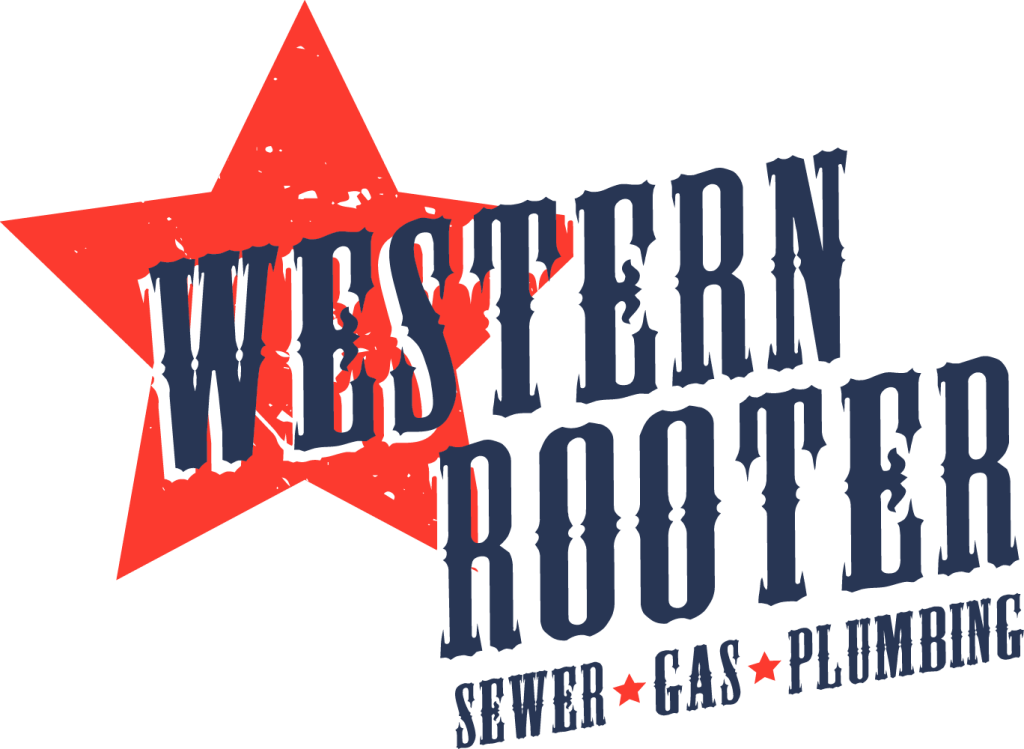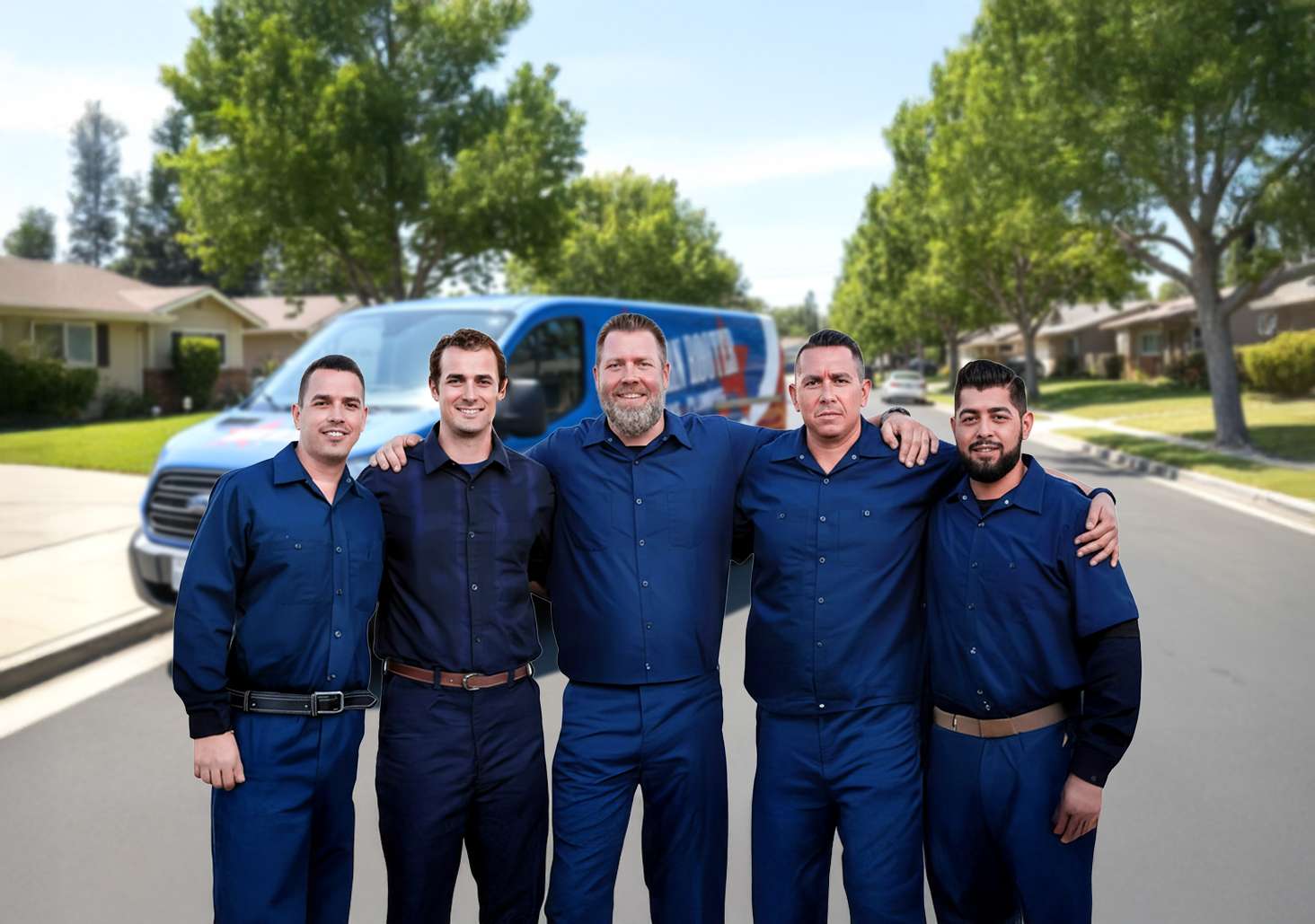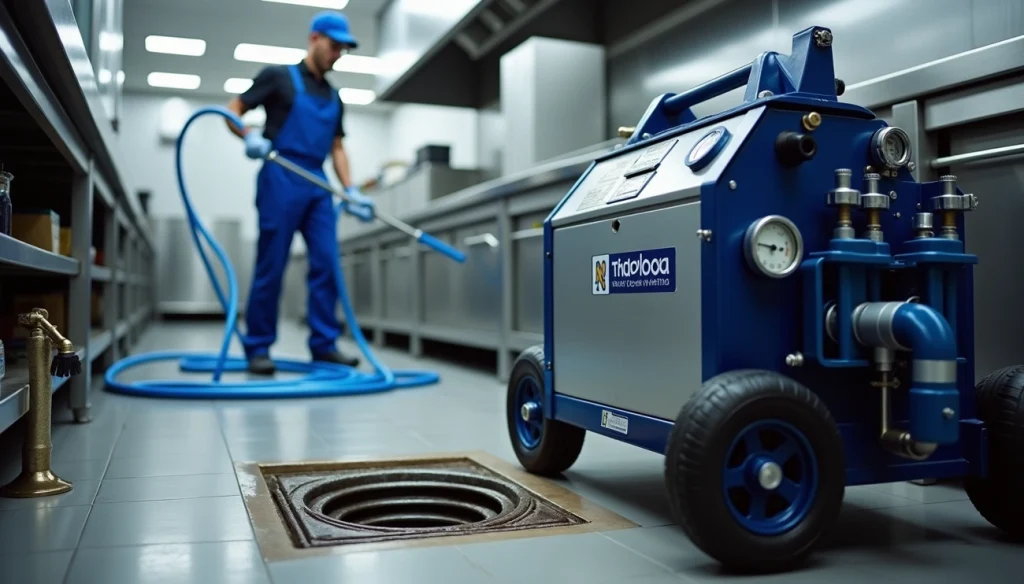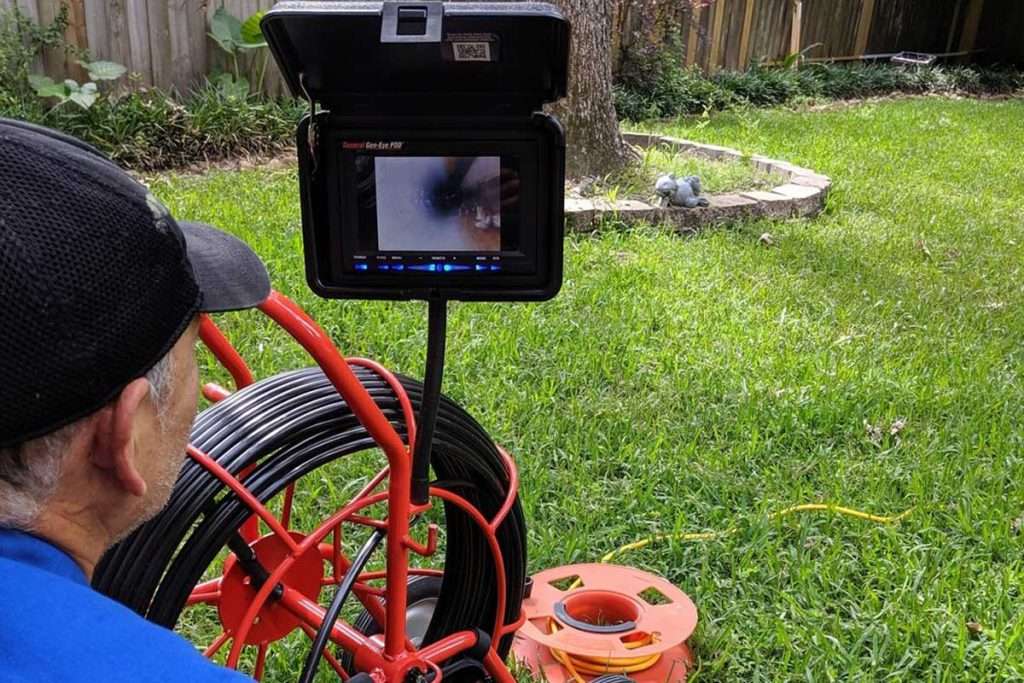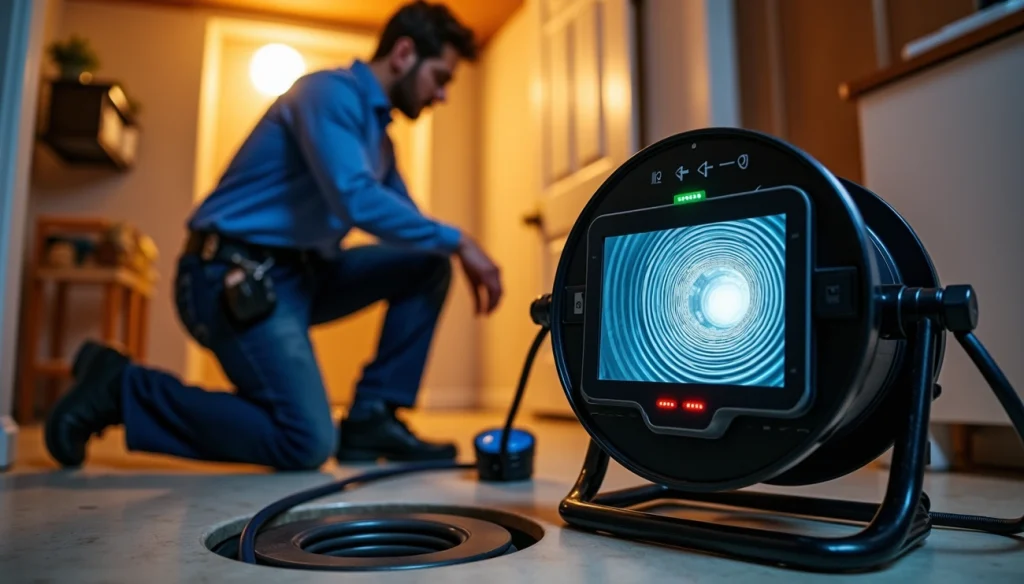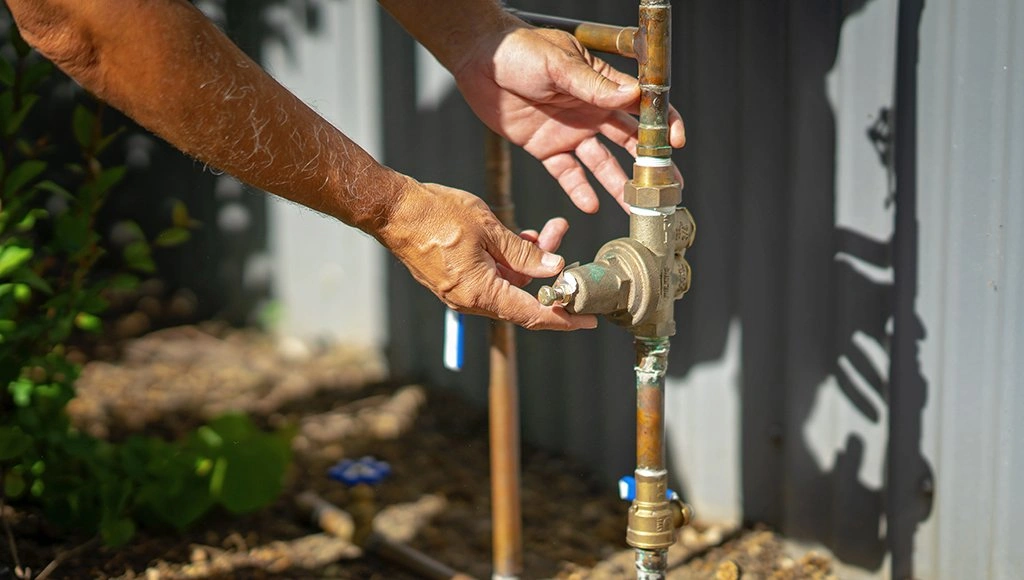Earthquake-proof plumbing is a legal requirement, not just a recommendation for California homes. California revised its regulations after the devastating Loma Prieta and Northridge earthquakes of 1989 and 1994, making specific plumbing safety measures mandatory for homeowners. These rules exist and with good reason too – a broken water line can flood your home within minutes and get pricey with extensive water damage.
The actual requirements might surprise you. Your water heater needs securing with two straps – one on the tank’s upper third and another on its lower third. On top of that, earthquakes in the past have led to systemic problems with water main breaks across Southern California’s neighborhoods from Riverside to Temecula. Seismic activity can make the ground beneath your foundation settle unevenly. This puts stress on your plumbing system and often causes slab leaks, which rank among California earthquake’s most common effects.
Homeowners and property managers need to understand these vulnerabilities to protect their properties. This piece will help you find everything about making your plumbing earthquake-ready. You’ll learn where critical shutoff valves are located and get a post-earthquake safety checklist that minimizes damage at the time the next big one strikes.
Why Earthquake-Proof Plumbing Matters in California
California sits on a complex network of fault lines that makes it very vulnerable to seismic activity. Many homeowners don’t think about one of the most important aspects of earthquake safety: their plumbing systems.
The hidden risks of rigid plumbing systems
Rigid plumbing materials were not built to handle the earth’s movement. Flexible materials can absorb movement, but pipes, water heaters, and sewer lines are rigid by design. This makes them very likely to get damaged even during moderate earth movements.
Older homes with outdated plumbing materials like galvanized steel or cast iron pipes face higher risks. These rigid metal pipes can’t flex when seismic movements occur and often develop microcracks, fractures, or complete breaks. The violent shaking can make pipes move from their original spots and disconnect from joints and fittings.
A broken water line floods your home within minutes. Ruptured gas lines create immediate life-threatening hazards and often cause fires after earthquakes.
How past earthquakes exposed plumbing vulnerabilities
Past events show how serious these risks are. After the 1994 Northridge earthquake, public works officials found that there was damage to nearly 285 miles of sewer line – almost twice their original estimate of 150 miles. The repair project started with a $147 million budget but ended up costing $200 million.
The 1989 Loma Prieta earthquake caused major hydrogeologic disruptions. Water wells became turbid or dry, and stream discharge patterns changed dramatically. San Francisco’s Marina District saw about 150 main breaks and service line leaks. All but one of these leaks happened in vulnerable infirm areas.
Why both homeowners and property managers should care
Earthquake-damaged plumbing creates serious safety risks. Beyond immediate flooding, sewer line breaks can create unsanitary conditions as raw sewage seeps into the ground or backs up into buildings.
Plumbing problems get worse over time. Small leaks can lead to:
- Structural damage to foundations and walls
- Mold and mildew growth in hidden spaces
- Increased water bills from undetected leaks
Homeowners and property managers should know that earthquake-related plumbing problems don’t fix themselves. These issues usually turn into more expensive repairs when left alone.
Contact Western Rooter today to get a free estimate on earthquake-proofing your plumbing system!
Essential Pre-Earthquake Plumbing Upgrades
Your home’s plumbing system needs proper preparation to prevent earthquake damage. These four upgrades will help you reduce water damage, gas leaks, and repairs that can get pricey.
Secure your water heater with seismic straps
Water heaters can cause massive damage if they fall during earthquakes. Experts changed their securing methods after the 1989 Loma Prieta and 1994 Northridge earthquakes. The old single strap of plumber’s tape no longer works. You need to:
- Secure both the top and bottom thirds of the tank
- Use heavy-gage metal strapping instead of plumber’s tape
- Add wood blocking between the tank and wall for gaps larger than 1-2 inches
A properly secured tank prevents water damage and lowers fire risks from broken gas lines.
Install an automatic gas shutoff valve
Automatic gas shutoff valves are vital safeguards that protect during earthquakes. These valves stop your gas supply automatically when they detect strong enough shaking. You can choose between two types:
- Natural gas seismic shut-off valve – stops gas at the valve location
- Excess flow valve – works when it detects a major leak or surge
Note that these valves must go on your house line, not the utility company’s equipment. Let certified contractors handle valve resets after an earthquake.
Replace rigid pipes with flexible connectors
Earthquakes often cause rigid plumbing connections to fail. Your system needs:
- Flexible water and gas line connectors for your water heater
- Braided stainless steel or flexible copper tubing for appliance connections
- Seismic V-loops that handle thermal pipe movement and seismic activity
These flexible connectors absorb earthquake movement and reduce rupture chances by a lot.
Add seismic bracing to exposed pipes
California Building Code says your piping systems need proper bracing against seismic forces. Look at:
- Single supported pipes bigger than 3 inches (standard importance) or 1 inch (critical systems)
- Trapeze-supported pipe assemblies over 100 pounds
- Exposed pipes you find in basements and crawl spaces
The right seismic bracing lets your plumbing flex instead of break during ground movement.
Call Western Rooter today to get your free estimate for earthquake-proofing your plumbing system!
Know Your Shutoff Points Before Disaster Strikes
Your utility shutoff points can make a huge difference between minor issues and devastating damage during an earthquake. Let’s get into these safety features before disaster strikes.
How to locate your main water shutoff valve
The main water shutoff valve enters your home at specific points. You’ll find it in basements, crawl spaces, near water heaters, or along exterior walls. Homes without basements usually have it in utility rooms or garages.
The valve has a rectangular knob or wheel-shaped handle. Test it after finding it and mark it with bright colored tape. You can shut off water by turning the valve clockwise until it stops.
Understanding house-side vs. street-side gas valves
Your home likely has two main gas shutoff valves. The street-side valve links to local gas supply before the meter. The house-side valve sits after the meter before your first gas appliance.
Gas companies want homeowners to use the house-side valve first. Street-side valves need a special wrench, but house-side valves come with ball-valve handles. Note that gas flows when the handle aligns with the pipe, and stops when it’s perpendicular.
Why every household member should know these locations
Emergency shutoff is vital during earthquakes of 5.4 magnitude or greater. So, your family members should know these valve locations before any disaster. Quick action can prevent water damage that might get pricey and save lives.
Contact Western Rooter today to get a free estimate on earthquake-proofing your plumbing system!
Post-Earthquake Plumbing Safety Checklist
A quick inspection of your plumbing system right after an earthquake can prevent severe damage to your home. This checklist helps you spot potential risks safely.
Check for signs of slab leaks
Slab leaks create substantial damage while staying hidden from view. Watch out for these warning signs:
- Unexpected increases in water bills
- Wet or warm spots on floors
- Lower water pressure throughout your home
- Water running sounds with all taps closed
- Cracked tiles or buckled flooring
Your property value could drop due to foundation damage and mold growth from untreated slab leaks.
Detecting hidden gas leaks safely
Natural gas leaks trigger one in four fires that follow earthquakes. These steps matter if you suspect a gas leak:
- NEVER use matches, flashlights, or candles to check
- Leave immediately without touching electrical switches
- Watch for sulfur/rotten egg smells, hissing sounds, or dizziness
- Contact your gas company from a safe location
Inspecting venting and flue connections
Loose stovepipe connections can let toxic fumes enter your home after an earthquake. Make sure:
- Gas appliances have properly connected flue pipes
- Vents and chimneys show no visible damage
- All connections remain tight
When to call a licensed plumber for inspection
A professional plumber should inspect your home if you notice:
- Suspected gas or water leaks
- Multiple areas affected by plumbing-related flooding
- Damage that stays hidden from view
- Problems with sewer lines or wastewater backup
Contact Western Rooter today to get a free estimate!
Conclusion
Earthquakes are a fact of life for California homeowners. The good news is that proper plumbing preparation can cut down damage to your property by a lot. We’ve seen how rigid plumbing systems tend to fail during seismic events. These failures lead to major flooding, fire hazards, and repairs that get pricey.
Basic upgrades can protect your home from earthquake damage. Water heater straps, automatic gas shutoff valves, and flexible pipe connectors are great places to start. You should also know where to find your main water and gas shutoff valves. Every second matters when you’re dealing with leaks or gas hazards after an earthquake hits.
Your family’s safety depends on being ready for earthquakes. Make sure everyone in your house knows about emergency steps and where shutoff points are located. This shouldn’t be an afterthought. A solid post-earthquake check routine will help you spot hidden problems before they turn into major headaches.
DIY prep helps, but a professional check will give you a full picture of what’s needed. Expert plumbers can spot weak points you might miss and suggest specific upgrades that match your home’s plumbing setup. They can also install automatic shutoff valves and flexible connectors that meet California’s strict building codes.
Don’t wait for the next earthquake to find out your plumbing system’s weak spots. Take action now to protect your home, family, and investment. Call Western Rooter today to get a free estimate on earthquake-proofing your plumbing system!
